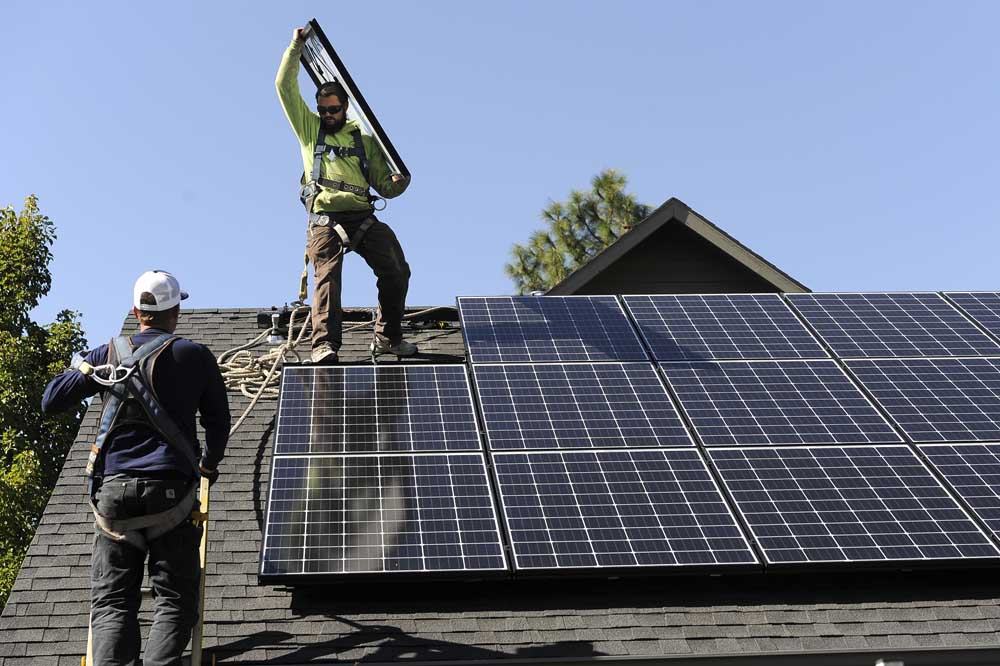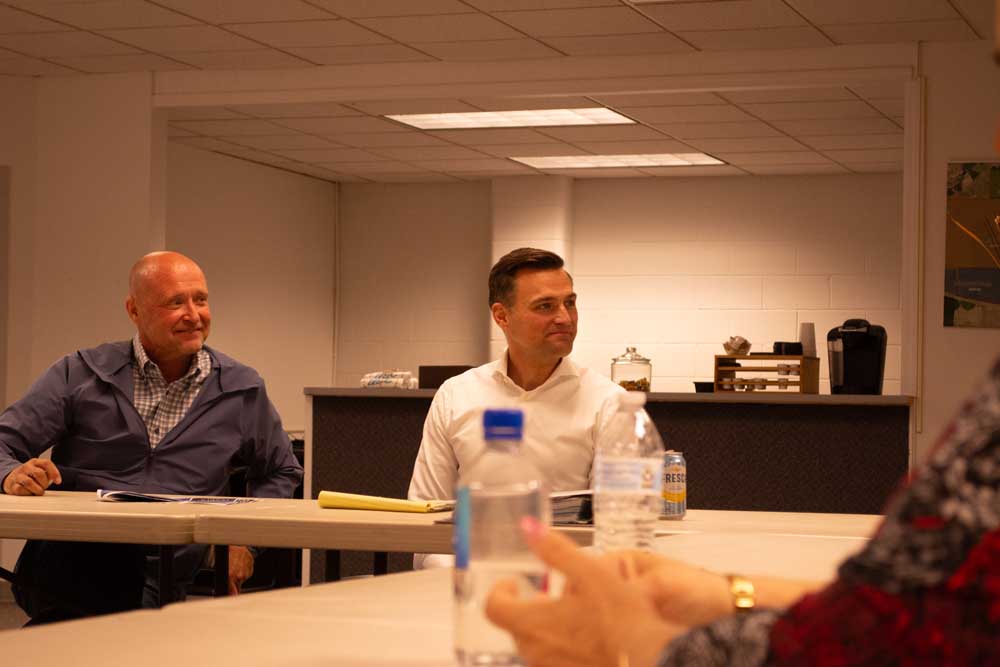Capital Chatter: Finally making the ‘People’s House’ safe for the people
Published 5:00 pm Thursday, August 11, 2022

- capital chatter logo
The gold man atop the Oregon State Capitol has gone dark. A cavernous hole has arisen at the building basement; another is on its way. The governor, secretary of state and state treasurer have been ousted from their offices. Guided tours of the Capitol are gone until 2025.
Those development are purposeful. Such is the price – a half-billion dollars plus a few years of temporary inconvenience – for finally making the “People’s House” safe for the people.
Trending
The Capitol was in such sad shape seismically that in 2015, Senate President Peter Courtney, D-Salem, told my colleagues and me: “Given what we know, we should close the Capitol down today. At least we should protect kids from coming in,” referring to school field trips.
There’s more. The plumbing is so bad that the drinking fountains are unusable. The HVAC system could run hot in summer, cold in winter, with creaky ventilation. Parts of the building lacked fire sprinklers and other safety devices, including safe exits and sufficient staircases. The building was inhospitable to anyone using a wheelchair, scooter or stroller.
The first phases of the current renovation and reconstruction corrected some deficiencies, especially in the 1977 legislative wings. The final, most expensive phase centers on the largest, oldest portion – the Oregon Capitol completed in 1938. So that work can be done, that area has been closed to the public, officeholders and legislative employees since July 1.
Staff have relocated. If you’re looking for the Governor’s Office, go to the nearby State Library across the Capitol Mall.
History buffs will recall that the previous capitol burned to the ground on April 25, 1935. A young Mark Hatfield was among the Salem residents who came out to witness the inferno. Though long ago, that experience illustrates the relevance of the safety improvements underway.
The construction almost didn’t happen and were delayed for years by bipartisan opposition. Courtney was the cheerleader for what in 2015 was a $337 million project. At crunch time, House Speaker Tina Kotek, D-Portland, and House Majority Leader Val Hoyle, D-Eugene, said the seismic improvements were needed but the time wasn’t right. Joining them in voting no, on a committee vote that effectively stopped the project from moving ahead, were Rep. Tobias Read, D-Beaverton; Rep. Greg Smith, R-Heppner; and Sen. Fred Girod, R-Lyons. Siding with Courtney were Rep. John Huffman, R-The Dalles, and Sen. Richard Devlin, D-Tualatin.
Trending
The price tag, uncertain public support and inconvenience bothered some lawmakers. During construction, the Legislature and other officials would have had to vacate the Capitol and use the renovated Public Utility Commission building – a former Sears store near the Capitol Mall – as their temporary capitol.
As a result, initial project staff were let go; $25 million already had been spent.
Courtney was not happy: “When the Magnitude 9 quake hits, the loss of life and property across our state will be tremendous. The decision not to complete this project ensures that those losses will include the Oregon State Capitol and the people inside it.”
He persevered instead of knocking heads to get his way that year. The Legislature embraced a much smaller, $59.9 million project the next year as the first phase of the Capitol Accessibility, Maintenance and Safety Project. The 2020 Legislature added Phase II at $70.8 million. With new leadership in the Oregon House this year and Courtney finishing his final term as Senate president, the 2022 Legislature approved the big Phase III: $375 million.
Lawmakers are used to conducting meetings and public hearings virtually, so restricted access to committee rooms no longer was an impediment. The construction schedule was reconfigured so the House and Senate could use their chambers during the legislative sessions. Work should wrap up in late 2025.
The big hole on the north side of the Capitol and one that will emerge farther west are so workers can get under the building, gut the lower level, hook up additional water and sewer lines, put in temporary shoring, remove the existing cement columns, and place new columns and devices to keep the structure stable during the quake.
As for the Oregon Pioneer atop the Capitol – colloquially known as the gold man – CAMS director Jodie Jones told me that crews will seek a workaround to again illuminate the statue at night.
Up next: Unless something intervenes, next week I’ll delve into the various changes underway at the Capitol and how they will affect the public and politicians. If you have questions you’d like answered, send them my way.
By the way, some Oregonians love the Capitol’s design. Some despise it, complaining the top looks like a cake ornament or a bowling trophy. What say you?





